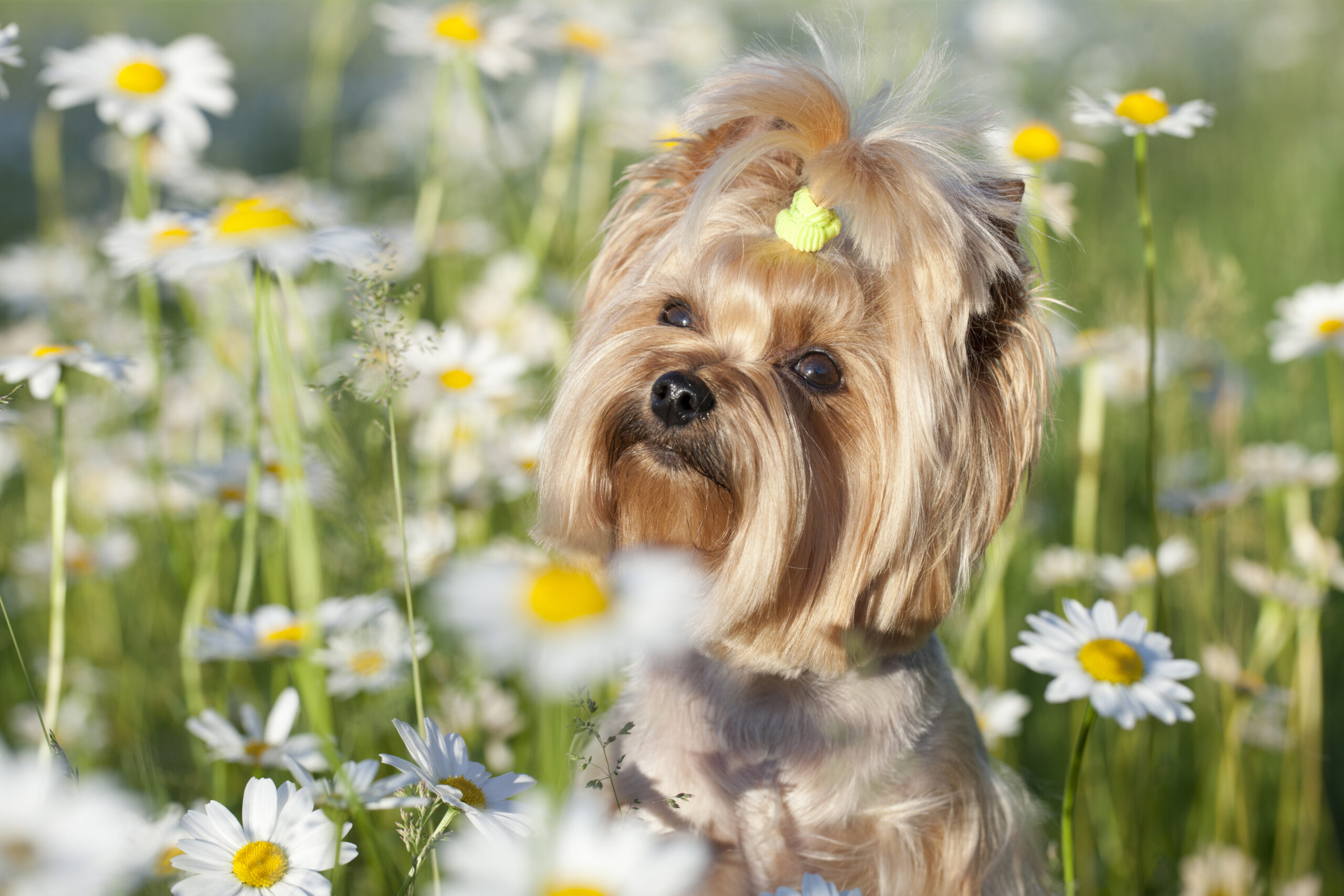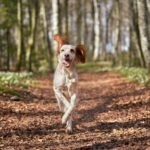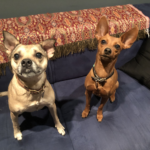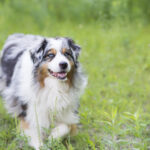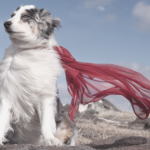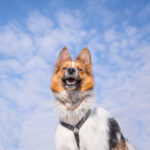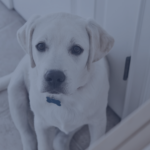
There is a trope—long disproven and actually dangerous for dogs—among those trainers who continue to use aversive stimuli in dog training: they say that they are the only ones who can train aggressive dogs. They regularly accuse us positive reinforcement trainers of allowing dogs to needlessly die when their antagonistic and outdated training techniques could help. In fact, force training is itself associated with negative outcomes: a higher rate of aggression in dogs and an increase in behavioral euthanasia, the exact opposite of what force trainers claim. Force trainers, however, seem content to ignore this inconvenient (for them) truth.
As force trainers are usually excellent at self-promotion and the public currently lags in their understanding of the efficacy of positive training, force trainers can do brisk business, much to the detriment of many of the dogs under their care. Due to both the structural issues with force training (it is intended to create fear and avoidance responses by its very nature) and the lack of expertise rampant in the dog training realm in general, it is common for Academy graduates to be a part of the “mop up squad”, that is, mopping up the behavioural messes created by force trainers of all skills levels, while also fixing the actual behavioral issue that the dog originally presented with. This is exhausting for our trainers and can contribute to burn-out, but it forms a part of the client caseload of many Academy graduates.
Case studies are a useful and vivid way to demonstrate how Academy trainers handle the “red flag dogs” as well as the fall-out from earlier coercive training. We solicited cases from our stable of fantastic graduates to share, to push back against the “cookie pushers kill dogs” trope. Our training works, and works to keep dogs alive, happy, and in their homes. The dogs’ names have been changed to protect privacy, and each client has agreed to participate in this article.
Charlie
Casey McGee, CTC, CSAT, CBCC-KA, Upward Hound, FB
About the dog and the case
The Butlers reached out for help with Charlie, their 8-month-old lab, who showed aggression (growling, lunging and biting) when eating, when in possession of high-value objects like hunting dummies, and when awoken from a nap – even if she was sleeping on someone’s lap. They felt they couldn’t safely touch Charlie. She growled or hid under a table when she heard an unfamiliar noise and growled at the Butlers when either of them walked too close to her bed or put their hands near her kennel. I was the 8th trainer they contacted; they had worked with 3 of them, and the other 5 advised the Butlers to put Charlie to sleep as they felt that this type of aggression in a young dog was not fixable.
Previous training
After Charlie’s first round of training at a program for hunting dogs, she began to guard food, training objects, and growl or bite when woken up. A different trainer recommended they teach Charlie dominance by using the alpha roll: putting her on her back and applying strong pressure over her sternum until she submitted. The Butlers tried this strategy but Charlie struggled so frantically that she was able to escape the hold, at which point her aggression had escalated.
The next trainer took Charlie for a 2-week board-and-train. When she returned home, the Butlers were instructed to keep a shock collar on at all times. They were to signal the tone when Charlie showed any aggression, and shock her if the aggression continued. When the aggression didn’t decrease, the trainer improved their timing and said that they weren’t shocking her enough – they were to “bring her to the ground”. The Butlers began to shock Charlie more frequently and more quickly, and Charlie began to growl whenever she saw or heard one of the Butlers moving around, even from another room.
Interventions and outcomes
The Butlers had already taken off the shock collar when we first met. Our priority was to avoid situations in which Charlie would become aggressive. The Butlers stopped petting Charlie while she was resting and stopped petting Charlie at all unless she specifically invited attention. They put away Kongs and bully sticks and fed her in a separate room behind a closed door. When and if Charlie growled or lunged, the Butlers responded with sweet talk and treats that they carried with them at all times.
Charlie was still easily frightened by unfamiliar noises, and hid whenever someone suddenly entered a room, so her vet prescribed a daily anti-anxiety medication. The Butlers successfully completed a training protocol to counter-condition and desensitize Charlie to being approached (and eventually touched) while resting, and a similar protocol to help her become comfortable being approached and touched while eating. Over the course of 4 months they were model clients, diligently completing assignments and keeping Charlie feeling safe.
Today, Charlie is a beloved 3-year-old member of the Butler family and a proud sister to an 18-month-old human brother.
Purdue
Tovah Lynn, CTC, Project Potential
About the dog and the case
I got an inquiry about a bully breed mix that had fear and aggression issues. The clients had already been to one previous trainer.
Previous training
The pet guardians were asking lots of questions about what techniques I would use to ensure they did not hire someone who would repeat what the previous trainer did. They described the trainer being intimidating with their dog. When the dog started showing fear of the new dog gear the trainer was holding he continued pressing in which escalated into the dog growling. Then the trainer swept their dog off his feet and body slammed him onto its side, pinning his neck to the ground. Even though this dog was previously great with new people, as a result of this interaction, he was now scared and reactive towards anyone holding unfamiliar dog gear.
Interventions and outcomes
We used counterconditioning and desensitization plans to build positive associations to people holding dog gear. The first step was a muzzle, into which we taught the dog to happily insert his nose on his own. Then we used the same techniques to address his food guarding aggression (the original issue) by building a positive association to his guardians taking high value food away from him. His guardians can now successfully take any food from him and they continue to use his muzzle training as a foundation for further training goals with cooperative vet care and dog-to-dog social deficits.
Champ
Anna Elliott CTC. Founder, RAW Dogs
About the dog and the case
I had a Facebook message from the dad of a two year-old male Malinois. They’d done extensive obedience training since Champ was a 16 week-old puppy. It had been going really well until Champ hit adolescence.
Behaviours described as ‘Dominance over other dogs’ and ‘Aggression’ started to manifest, despite the very tight control the guardians kept over the leash and all of Champ’s general interactions. The result of this ‘disturbing behaviour’ was that Champ’s dad no longer wanted to go for walks, and Champ was sacked by his dog walker.
I was trainer number three.
Previous training
When these behaviours began, the initial trainer suggested that Champ needed to understand his place because he was attempting to dominate not only the humans in his house, but also dogs that he came across outside. To curtail this Champ needed to understand his place in the pack.
The treatment was a half-choke collar when on lead, and no access to other dogs. Along with this the trainer recommended a group walker who was an expert at walking ‘these kinds of dogs’. Champ was walked on-lead while the majority of the pack were off-lead, and often attached to the human-designated ‘Pack leader’ – a young male GSD – so that he could learn deference, and his place in the group.
When Champ was occasionally let off lead in a group dynamic, he would be heightened, ‘too excited’ and pretty humpy. After a couple of months Champ was let go.
Interventions and outcomes
My first goal was to understand Champ when he as off lead. So we met, and had a lovely walk in a fairly busy environment. For safety I asked that he be on a 15m line in case we needed to help him out. Nothing I saw during this walk worried me. He had a great recall, a lovely loose body, and was very comfortable in his environment. We encountered children, bikes, and other dogs both on and off-lead.
After about 45 minutes I introduced two of our stimulus dogs to Champ, and he handed them beautifully. One was a fairly asocial male and the other a playful girl. I’d heard that humping was the main issue. Champ did indeed go in for a hump with Jack, who showed him his teeth. Champ immediately backed off and played with Luna instead.
I then suggested some regular orchestrated group walks (with carefully chosen dogs) so I could get a feel for his general social skills.
In short – Champ has nailed it. He’s met a huge variety of dogs and has appropriately read every one. The humping has died of its own accord, and he’s relaxed and happy. He no longer needs the half-choke and is way more relaxed when he meets other dogs. Yay for a bit of freedom and trust!
Chewbacca
Jean Donaldson, Academy Founder and Instructor
About the dog and the case
I was referred a rescue 4YO NM Chow who originally could not be groomed or have nails trimmed without a muzzle. Chewbacca was also muzzled for veterinary visits. The owners, a middle-aged couple, adored him and otherwise had no issues. They could brush him but did not attempt nails and he visited a groomer several times a year for a bath, scissoring, de-matting and nails. To the owner’s knowledge, I was the second trainer.
Previous training
At one grooming appointment, either while not muzzled, while being muzzled or because of an equipment fail (this is murky), the groomer was bitten (level 4-ish to her hand). On the advice of the groomer, Chewbacca was sent to a board and train marketed as a “boot camp” for two weeks. On the trainer’s website, the training philosophy was stated as “balanced.” After six days, the dog was returned to the owner, with encrusted feces on his rear quarters and tail and the remnants of a dirty kennel lead around his neck, as well as noticeably thinner. The owner received a 50% refund and was told to euthanize their dog as he was “hard-headed” and “genetically” broken in some fashion. On his arrival home, Chewbacca went into a corner in the bedroom and would not move for the first 24 hours. He didn’t potty, eat or drink. For the following week+ he would go outside to the yard but avoided his owners and ate partial meals in the bedroom or in the walk-in closet nearby, and only if no one was in the room. He growled when the owners attempted to touch him. At this point they contacted the rescue for advice and were referred to me.
Interventions and outcomes
The first thing we did was take all pressure off Chewbacca by providing a bed, water, toys and small meals in the bedroom, all while leaving him alone, i.e. ceasing attempts to get hands on him to clean him up or remove the rope around his neck. We did this for a week and then commenced a counterconditioning regime wherein, rather than meals, one of the owners would enter the room, sit on the bed and toss chicken, cheese and a favorite commercial treat to Chewbacca. On the first day, he did not consume the food until the owner left the room. On the second day he ate treats that were within his radius in the corner or closet. Then, gradually, day by day, he would get up to take treats from the floor and then from the owner’s hand. Within three weeks, he was greeting the owners and within a few weeks after that began moving around the house and behaving more like his old self. They were able to remove the rope from his neck and leash him for walkies, but were still unable to bathe him, brush him or attempt to cut some of the crust from his pants. They could pat him but he either fled or growled if they attempted any sort of “procedure.”
During this initial period, the owners were desperate to get him cleaned up and it was a counseling challenge to hold them off on this until the timing was better. I told them we would get housecleaners in to deal with the collateral dirt from his time in the bedroom, get him washed and shaved down and then work on him but just not yet just not yet. To their great credit, they were able to hold off and, once he was functioning, he was cleaned up and shaved down under sedation at the vet. By shaving him down completely, it afforded us a fresh start to tackle the grooming. It basically bought us time as the coat grew back in, i.e. no pressure to keep the coat de-matted.
We spent the following three months on a desensitization and counterconditioning regime to allow the owners to brush Chewbacca, use an undercoat rake to reduce deep matting, which would reduce the need for groomer visits, scissor his paw pads and re-condition him to a new muzzle for his veterinary visits. We also added tooth-brushing, which he did brilliantly at. We searched for a new groomer for occasional full spa days (scissoring and baths) but were unable to find one who would take him with his (fully disclosed) history. Because the owners were having good success with the rest of the grooming training, we elected to carry on and they had an adapter put on the kitchen sink to allow them to attach a hose to bring warm water to the back yard. This plus a water-resistant grooming table allowed them to do baths outside without having to bend (which was an issue for this couple). This was surprisingly easy and, like many Chows, he learned to quite like his baths, toweling and blow-drys. He is unable to jump onto the grooming table, but was taught using positive reinforcement to put his front legs onto it so he could be hoisted on with less effort.
The couple have elected to have Chewbacca’s nails done by the vet on muzzle while they very gradually work a nail-trim DSCC plan on their own. On the last follow-up, they were making progress on this plan, enjoying grooming him and very glad to have him in their lives.
